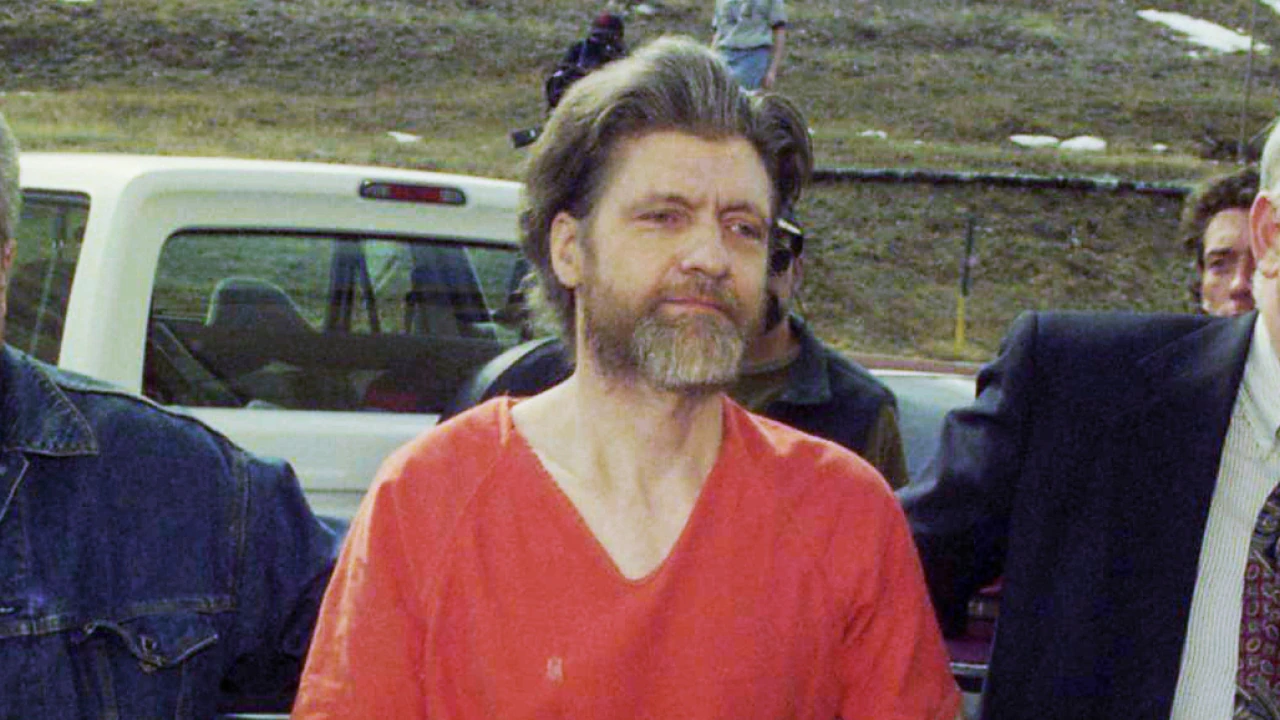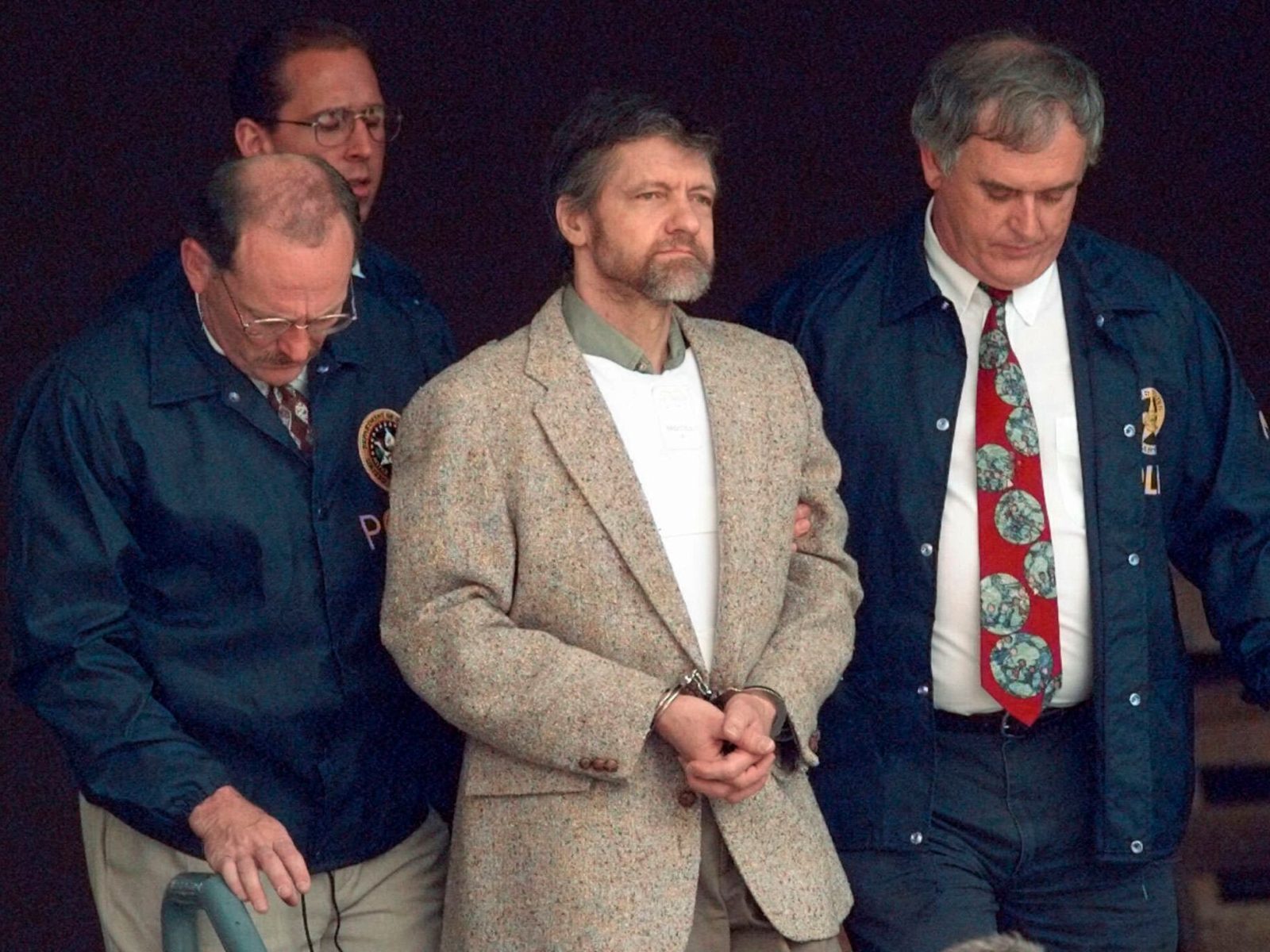Theodore J. Kaczynski, infamously known as the Unabomber, waged a campaign of terror from 1978 to 1995, targeting academics, businessmen, and random civilians with homemade bombs.
His attacks resulted in the deaths of three people and injuries to 23 others, all in pursuit of his stated goal to collapse the modern social order.
Kaczynski’s reign of violence culminated in what has been described as the longest and most expensive manhunt in American history. He died on Saturday at the age of 81 in a federal prison medical center in Butner, North Carolina.
A spokesperson for the Federal Bureau of Prisons reported that Kaczynski was found unresponsive in his cell early in the morning.
Although the bureau did not specify the cause, three sources familiar with the situation indicated that he died by suicide. Kaczynski had been transferred to the medical facility in 2021.
Kaczynski’s life journey was marked by a singular and chilling transformation: from a lonely boy genius to a Harvard-trained mathematician, then a rural recluse, and finally, a notorious murderer and imprisoned extremist.
In the public consciousness, he melded two distinct forms of violence—the calculated cruelty of a serial killer and the fanatical zeal of a terrorist.
Following his capture by approximately 40 FBI agents in April 1996, the debate shifted from Kaczynski’s specific ideology to whether his crimes deserved the dignity of a rational motive at all.
Many victims were outraged at commentators who seriously engaged with his 35,000-word manifesto, which Kaczynski claimed justified his actions and spread the ideas that inspired them.
Psychologists who participated in his trial viewed his writings as evidence of schizophrenia. His defense attorneys attempted to mount an insanity defense.
When Kaczynski resisted and sought to represent himself in court, risking execution, his lawyers cited this as further proof of his mental instability.

Before the publication of his manifesto, Kaczynski was known only as the Unabomber, a twisted figure of violence whose victims seemed to be chosen at random.
His moniker derived from the FBI’s investigation, where the code “UNABOM” referred to his early targets—universities and airlines.
Kaczynski became widely associated with incidents where some victims lost fingers while opening package bombs, instilling a widespread anxiety across the country about the dangers lurking in the mail.
The details of Kaczynski’s extraordinary life came to light only after his arrest. He had scored an IQ of 167 as a boy and entered Harvard University at the age of 16.
During his graduate studies at the University of Michigan, he specialized in a field of mathematics so complex that only a handful of people in the country could grasp it. By the age of 25, he was an assistant professor at the University of California, Berkeley.
However, Kaczynski abruptly abandoned his academic career and withdrew from civilization altogether. From 1971 until his arrest, he lived in a self-built shack in rural Montana, devoid of running water, where he read by candlelight, stopped filing tax returns, and subsisted on rabbits.
Kaczynski’s manifesto under the threat of continued violence, argued that the environmental damage and alienation caused by technology were so severe that the foundations of modern society should be dismantled.
The majority of Americans immediately labeled him a psychopath, and although his manifesto did not gain much traction outside a small fringe of the environmental movement, the term “Unabomber” became shorthand for an intellectual misfit with dangerous impulses.
Over time, however, some began to view Kaczynski in a different light. His manifesto emphasized the importance of a healthy environment without addressing global warming and warned of the dangers of technological dependency while scarcely mentioning the internet.
To some young people troubled by social media and climate change, Kaczynski’s predictions seemed eerily prescient.







Leave a Reply